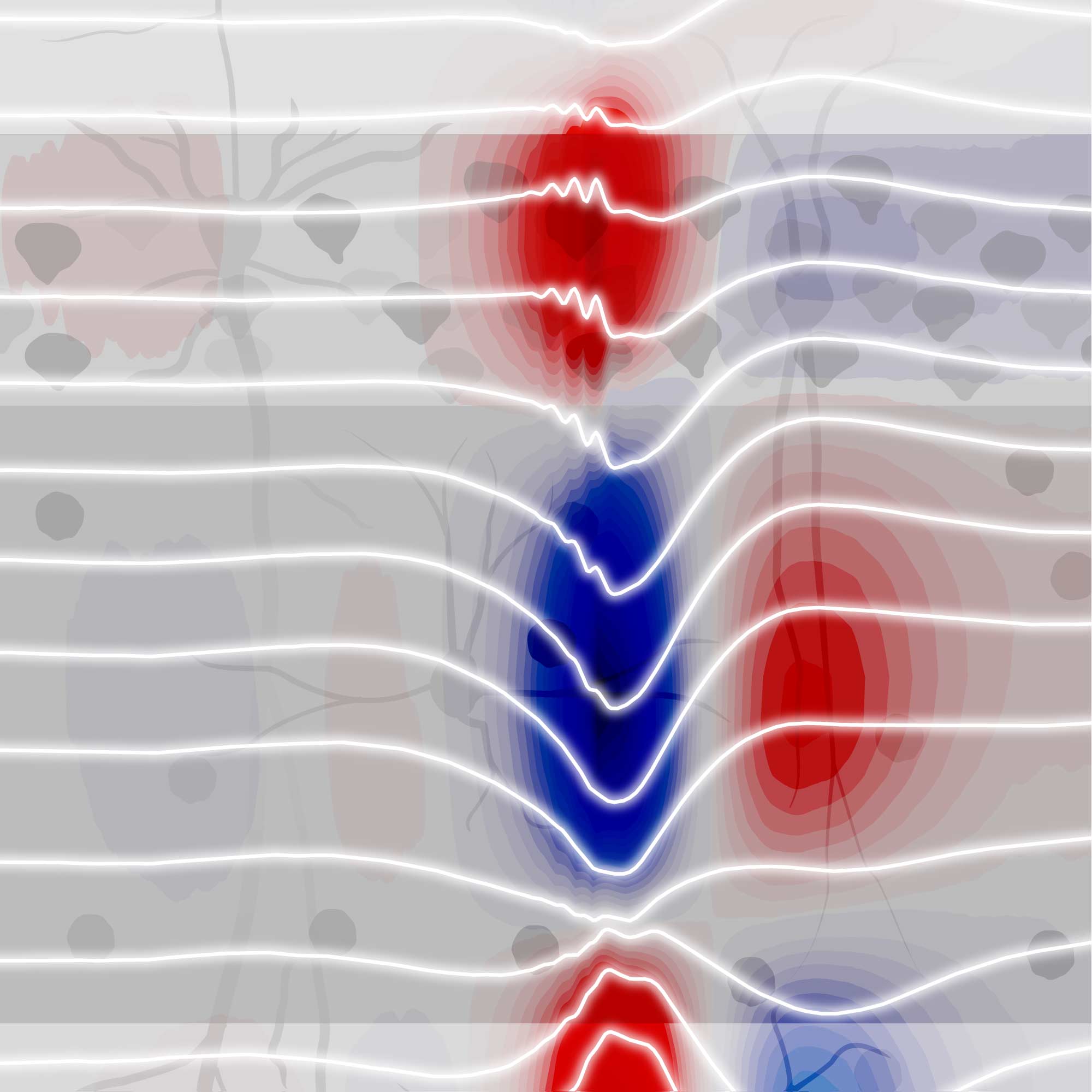Hippocampal Ripple Diversity organises Neuronal Reactivation Dynamics in the Offline Brain
Sleep plays a key role in strengthening and reorganising our memories, a process called reactivation. But what does the brain reactivate: the most recent experiences, the older ones, or both? Castelli et al. studied ripples, brief activity bursts in the hippocampus, and found two types. Radsink ripples reactivate recent experiences, while LMsink ripples shift from older to newer ones. Together these suggest the sleeping brain uses complementary strategies to update memory.
Hippocampal ripples are highly synchronized neuronal population patterns reactivating past waking experiences in the offline brain. Whether the level, structure, and content of ripple-nested activity are consistent across consecutive events or are tuned in each event remains unclear. By profiling individual ripples using laminar currents in the mouse hippocampus during sleep/rest, we identified ripples in stratum pyramidale that feature current sinks in stratum radiatum (Radsink) versus stratum lacunosum-moleculare (LMsink). These two ripple profiles recruit neurons differently. Radsink ripples integrate recent motifs of waking coactivity, combining superficial and deep CA1 principal cells into denser, higher-dimensional patterns that undergo hour-long stable reactivation. By contrast, LMsink ripples contain core motifs of prior coactivity, engaging deep cells in sparser, lower-dimensional patterns that undergo a reactivation drift to gradually update their pre-existing content for recent wakefulness. We propose that ripple-by-ripple diversity supports parallel reactivation channels for integrating recent wakefulness while updating prior representations.

2024. Neuron, 112(22):3768-3781.e8.
2021. Nat Neurosci, 24(3):326-330.
2024. J Neurol Neurosurg Psychiatry, 95(12):1112-1122.